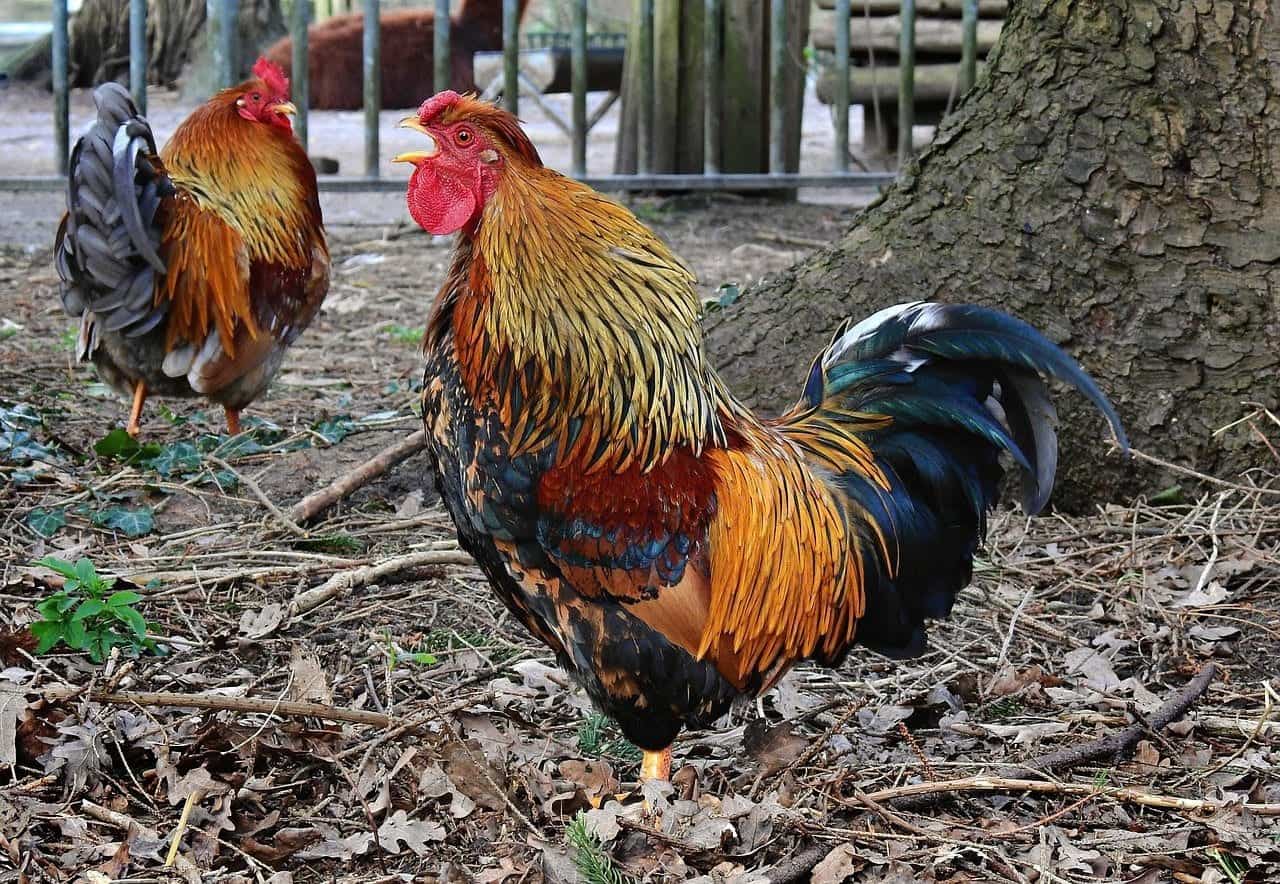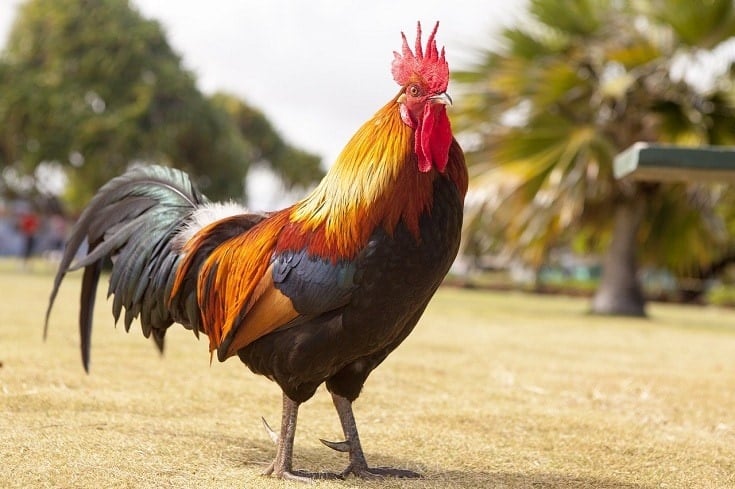Approved by Dr. Luqman Javed
Only 3% of male birds have external penises. The “lucky” winners of this genetic lottery are the ducks, geese, swans, and large flightless birds like ostriches and emus.
Roosters, on the other hand, do not have penises. However, in the first stage of the embryo development, the male sexual organ is normally present before disappearing almost entirely. This mysterious genetic mechanism has been partially elucidated by researchers, which sheds some light on the intriguing sex lives of chickens and other feathered mates.

Why Don’t Roosters Have Penises?
During the early stages of its development, the embryo of the rooster is equipped with a structure capable of evolving into a penis. But as the chick grows within the egg, this structure disappears almost entirely.
Why? This is due to a mutation in the Bmp4 gene, responsible for the production of the protein of the same name, as the researchers explain in their study1 published in the American Journal Current Biology.
This protein gets its name because it is involved in the formation of, among other things, bone and cartilage during the embryonic stage.
But what’s really interesting about this Bmp4 protein is that it triggers a process called programmed cell death, also known as apoptosis. That means that after about 9 days of development, the male chick’s penis stops growing and starts shrinking.
Thus, if the expression of this protein is blocked in the chicken embryo, the penis continues to grow normally. A chicken could very well develop a penis, but the activation and expression of this gene prevents it.

Why Do Some Birds Have Penises and Others Not?
What puzzles researchers the most is why this mutated protein exists in almost 97% of bird species and not in others? For example, why does the duck have a penis almost as long as their entire body? Why don’t ducks also have the famous Bmp4 protein, which prevents the formulation of a phallus?
Some researchers suggest that birds have “lost” their penises as a side effect of evolution, along with teeth and limbs.
Others suggest that since bird copulation requires willing mates, hens may have selected males with smaller penises to escape forced copulation. Over time, this preference would have favored the loss or atrophy of the penis of male birds.
However, the exact reason evolution has favored the absence of a penis in most birds, including roosters, remains a mystery.
How Do Roosters Reproduce?
Thus, the barnyard superstar is devoid of an external penis. But how can he reproduce?
Using an organ called a cloaca. That is to say, a single orifice is used for reproduction but also for the evacuation of droppings.
Therefore, copulation in Gallinaceae occurs without penetration. Instead, the male climbs on top of the female, presses his cloaca against that of his sweetheart, and deposits his sperm into it. This process is romantically called the cloacal kiss.

Final Thoughts
Roosters do not have penises, but they are not the only birds in the animal kingdom that lack this external organ. In fact, chickens are part of the vast majority of birds that have “lost” their penises throughout evolution. Fortunately, this never hindered their reproduction; the cute little chicks running around the barns are living proof!
- Related Read: Do Roosters Have Balls? Rooster Anatomy Explained
Featured Image Credit: Pexels, Pixabay
